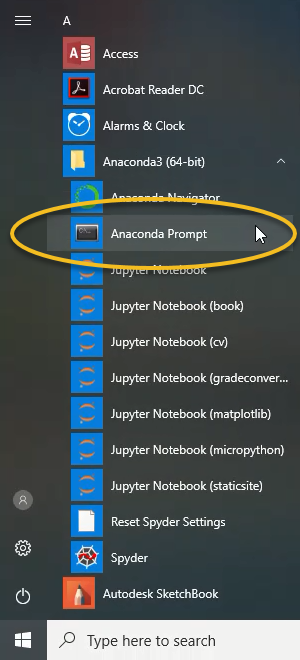

We greatly appreciate any feedback, so we can continue to improve the integration with Jupyter notebooks.

The package documentation can be found in the GitHub repository wiki.

Python jupyter notebook online download how to#
For instructions on how to run the demo, check out the demo notebook section in the README file. If you want to try this experience, you should definitely check out the demo notebook. To do this, pass the embed token and set the token type to Embed when creating the Power BI report instance: report = Report(group_id=group_id, report_id=report_id, access_token=access_token, token_type=) You can also authenticate against Power BI using an embed token. Report = Report(group_id=group_id, report_id=report_id, auth=device_auth)
Python jupyter notebook online download install#
Jupyter labextension install your notebook and add the following: Or if you use JupyterLab: pip install powerbiclient Install the package using pip: pip install powerbiclient Watch our latest on-demand session – Embed actionable analytics everywhere with Power BI Embedded, for a Power BI in Jupyter notebook demo!įor a quick peek into how to use the package in your application, check out the example below. You can install the Power BI Client for Jupyter from PyPI and find the open-sourced Python package and associate TypeScript widget on GitHub. You can also filter the report for quick analysis or use bookmarks to apply a saved view. You’ll be able to export data from visuals in a Power BI report to the Jupyter notebook for in-depth data exploration. The new package lets you embed Power BI reports in Jupyter notebooks easily. Get your Power BI analytics in a Jupyter notebook with the new powerbiclient Python package. You can now tell compelling data stories with Power BI in Jupyter notebooks. We’re excited to announce the release of Power BI in Jupyter notebooks.


 0 kommentar(er)
0 kommentar(er)
